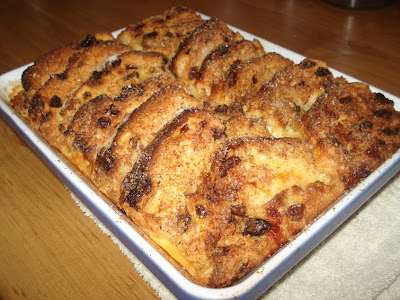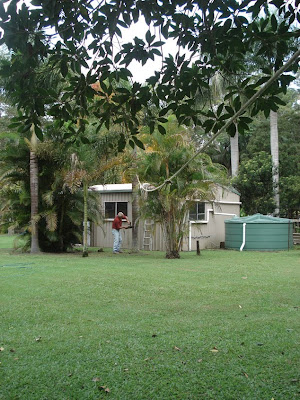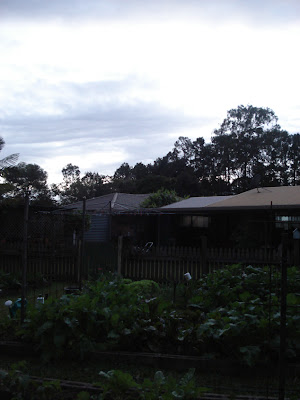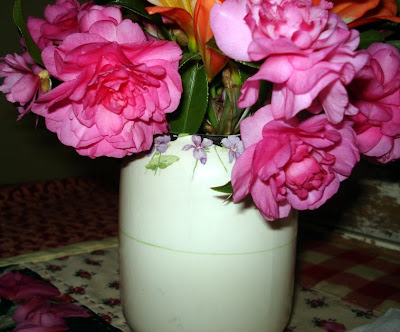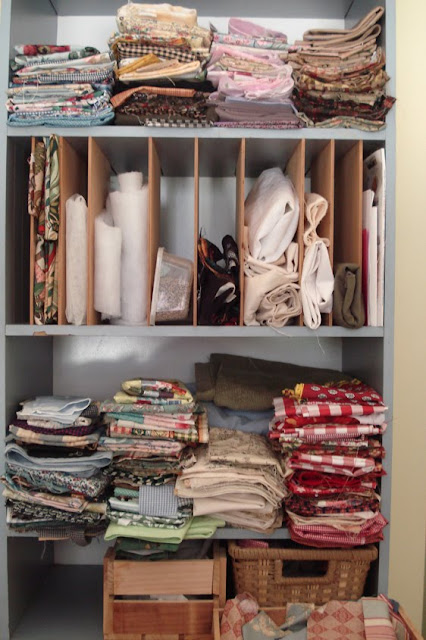I think we're are gaining ground. There has been a shift away from the purchased conveniences of modern living, women and men are beginning to see the light and more and more homemakers are returning to older and non-commercial ways of doing the house work and cooking. It does my heart good to see how many younger women and men are expressing an interest in home cooking, knitting, mending, repairing and reusing, as well as making green cleaners and soaps. There is a move towards traditional home arts. Here in Australia, fabric, yarn and craft stores are reporting record sales, and cooking has become popular again!
These traditional ways of housekeeping and home maintenance, passed down over the years by our grandparents, were replaced by convenience foods, cheap clothing and appliances, and when they started to disappear, most of us were too busy to notice. The global economic crisis came along to show us that when we are given convenience on a plate it is at the expense of other significant things. Many were surprised when they realised they could do a whole lot more in the home than they thought they could, for less money, while producing better quality, and they actually enjoyed doing it.
I believe it's a question of dependence versus independence. Convenience encourages dependence. If we buy food already cooked or half cooked, we forget our traditional foods and how to cook them. If we always buy our clothes, we forget how to make them. If we buy our knitwear, we never learn to knit. There was a time when we never thought about having our nails "done", when we cut our own hair, fixed cars and lawn mowers, or we relied on friends and neighbours to help us do it, then we returned the favour by helping them do something we had the skill to do. Now convenience and the cheapness of food, clothes and appliances makes us dependent on shops instead of each other. We work to earn the money to pay for these things instead of learning how to do make them or repair them ourselves.
In my ideal world, mothers and fathers would teach their children how to live an authentic life in the modern world. They'd make sure their children had the life skills they need to look after themselves, they would teach through example and they would be the people they want their children to become. But we don't live in an ideal world, all we have is this one and while it is far from ideal, there are some thing we can all do to make our own family healthy, practical and competent. From a young age, teach your children how to cook simple food, mend little things like toys, knit, recycle, plant seeds, harvest water, and how to care for what is theirs. Giving them the responsibility of caring for a pet will teach them about nutrition, time management, gentleness and unconditional love. Many parents think that teaching a child how to read before they go to school is a major achievement, but they need much more than that. They need those practical life skills, those things they will enjoy learning while they're still young. They will grow up confident and self reliant if you teach them these things, show them they are important part of the family and rely on them to help with the family work. Giving to children only teaches them how to take.
I don't expect everyone to take up their knitting needles, start dressmaking or learn how to make a traditional meal from scratch, but I do see a move towards some of those things. And the good thing is that many people realise that making and doing for oneself is a positive and life affirming thing; they enjoy it. It has been a long time coming but the move is on and who know where it will lead us. Now, more and more people are realising that we can change the way we live and because of that almost anything is possible. I think real change is just around the corner.






